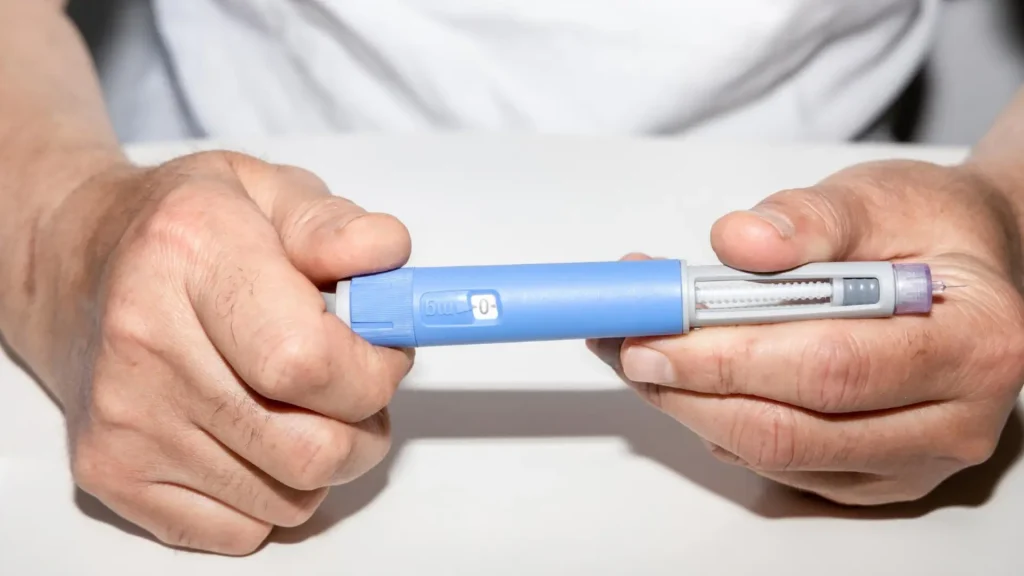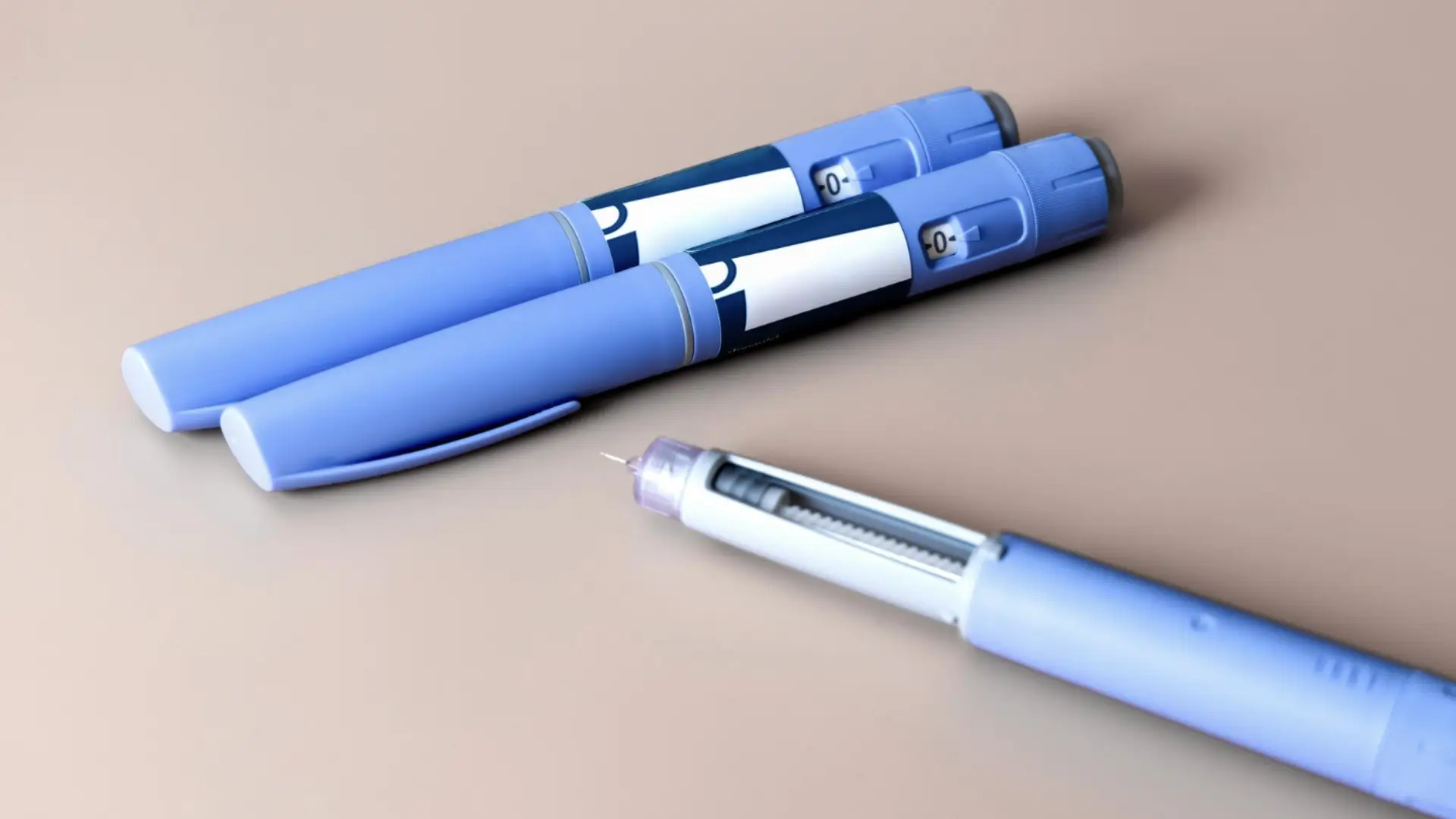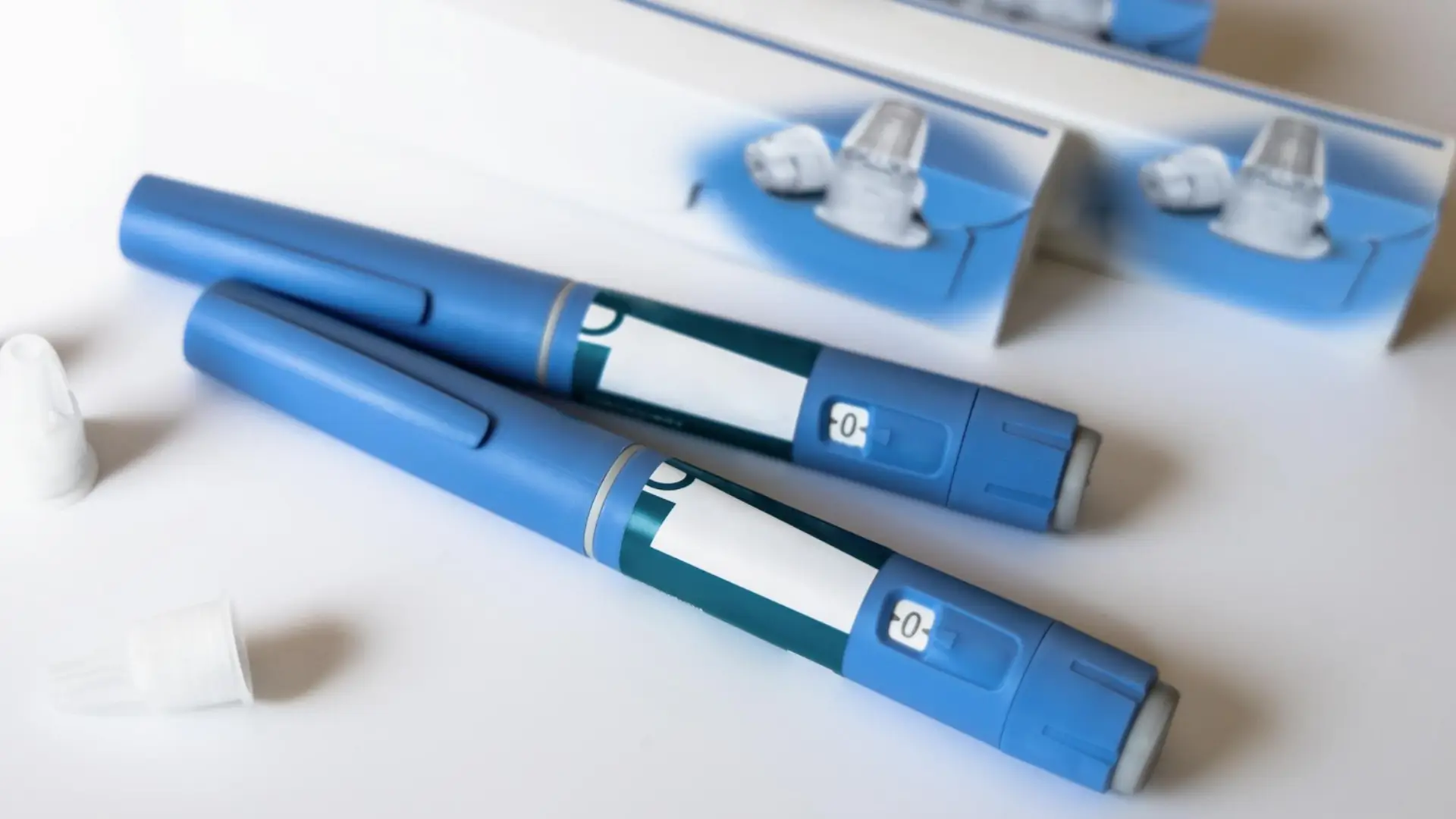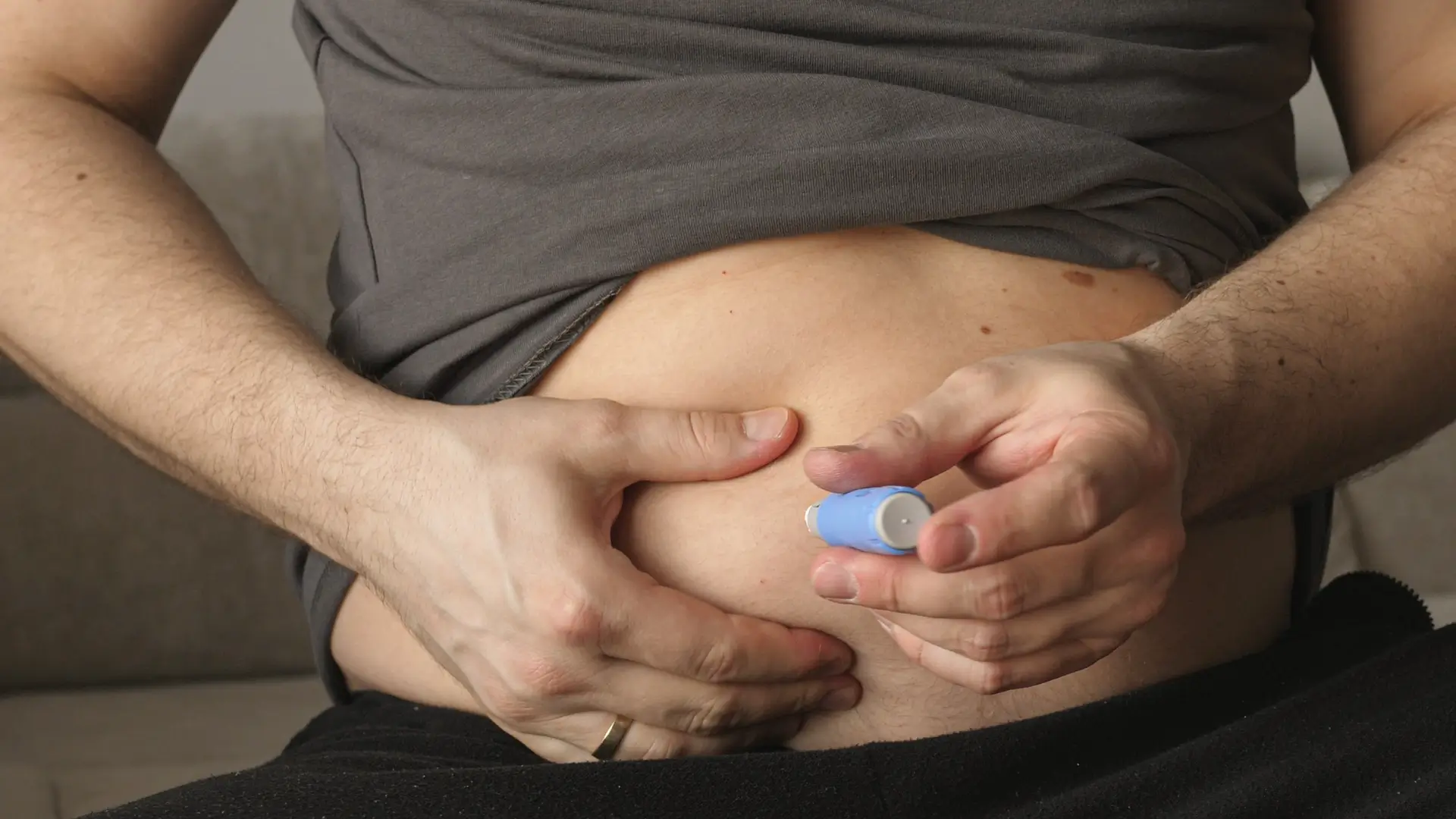Finding the right Ozempic dosage schedule is one of the keys to making treatment safe, effective, and sustainable. A 2024 study published in Diabetes Care revealed that in real-world practice, many people using semaglutide, particularly for weight management, don’t always follow the trial-based dosing plan. In fact, only about one in ten patients advanced through the recommended 4-week dose increases, highlighting the importance of striking a balance between reaching target doses and managing tolerability.
Ozempic, the once-weekly semaglutide injection for type 2 diabetes, and Wegovy, its counterpart for weight management, both belong to the class of medications called GLP-1 receptor agonists. These treatments are highly effective, but their success often depends on a thoughtful approach to dosing. Gradual titration not only helps reduce common gastrointestinal side effects but also supports better long-term outcomes.
In this article, we’ll break down the recommended Ozempic dosage schedule and explain why slow and steady escalation matters. We’ll also explore how dosing sometimes looks different in everyday life compared to clinical trials, and provide practical guidance for both healthcare professionals and patients navigating treatment.
Key Takeaways
- Ozempic dosing begins low at 0.25 mg once weekly for four weeks to help the body adjust and minimize side effects.
- After the starting phase, doses are gradually increased. Most patients move to 0.5 mg, with the option to titrate up to 1 mg or 2 mg depending on blood sugar response and tolerability.
- Consistency matters. Ozempic should be taken once weekly, on the same day each week. If a dose is missed, it can be taken within five days; otherwise, skip it and resume the regular schedule.
- Patient education is crucial. Proper injection technique, pen storage, and side effect monitoring all help improve treatment safety and effectiveness.
- Working with a healthcare provider ensures safe titration, optimal dosing, and better long-term diabetes management outcomes.
About: Medica Depot is your trusted all-in-one supplier, offering a range of high-quality medical injectables and supplies. If you’re looking to buy Ozempic, contact Medica Depot’s sales representatives and they will guide you on how to do so. Whether for health professionals, plastic surgeons, dermatologists, licensed estheticians, or other specialists, we can offer genuine, brand-name products you may need. With Medica Depot, we prioritize serving you better to improve the patient’s quality of life.
Understanding How the Ozempic Starting Dose Works

Before receiving Ozempic initial treatment, patients should consult a licensed doctor or healthcare provider to confirm safety and medicine suitability. These professionals can explain the Ozempic dosing schedule, helping patients understand how to start safely and achieve the best results.
The recommended starting dose of Ozempic (semaglutide) for adults with type 2 diabetes is 0.25 mg once weekly, given as a subcutaneous injection. This low starting dose is not intended to control blood sugar long term but instead helps the body adapt to the medicine and reduces the risk of early gastrointestinal side effects. After four weeks at this dose, the medication is gradually increased.
Patients often ask how frequently they need to take Ozempic. The answer is simple: it is a once-weekly injection, designed for consistent use on the same day each week. Consistent adherence to the dose schedule ensures that blood sugar levels remain stable and therapeutic benefits are achieved effectively.
Stepwise Increases: From 0.25 mg to 2 mg With Ozempic Dosing

The Ozempic dosing chart outlines a gradual titration process that promotes better tolerance and sustained care outcomes. Each dose escalation follows a four-week interval, depending on individual assessment and patient response.
After the initial four weeks at 0.25 mg, most patients increase to 0.5 mg once weekly, maintaining consistent injection sites and timing. This stepwise Ozempic titration aims to minimize gastrointestinal discomfort while steadily improving glycemic control.
- Initial dose of 0.25 mg: Taken once weekly for the first four weeks.
- Increase to 0.5 mg: Continued once weekly for the following four weeks for consistent improvement in blood sugar levels.
- Further escalation to 1 mg or 2 mg: If needed for additional blood sugar level reduction, the dose can be raised at approximately four-week intervals, based on the patient’s response and tolerability.
This dose schedule helps maintain balance between effectiveness and safety, minimizing gastrointestinal problems and ensuring long-term success. Patients should never adjust their dose without consulting their doctor.
How to Handle Ozempic Missed Dose and Adjustments
Consistency is vital with Ozempic, as maintaining steady drug levels helps ensure predictable blood sugar control. However, if a dose is missed, patients should inject as soon as possible—but only if it’s within five days of the scheduled medicine dose.
If more than five days have passed, the missed dose should be skipped. The patient can then resume the regular once-weekly dose schedule on the usual day. This approach prevents accidental double dosing and reduces the risk of gastrointestinal or hypoglycemic problems. If frequent missed doses occur, patients should consult their doctor for guidance or potential care adjustments.
Best Practices for Patient Education on the Ozempic Schedule and Dosing Chart

Healthcare providers play a key role in helping patients succeed with Ozempic. Education should cover not only the once-weekly dosing schedule but also safe injection practices and what to do in case of side effects. Patients should also be guided on proper storage—many will ask, “Does Ozempic have to be refrigerated?”
Key points for patient education include:
- Review the official prescribing information and instructions for use.
- Demonstrate pen handling: attach a new needle, check the flow, inject correctly, and dispose of the pen safely.
- Emphasize never sharing pens or needles and the importance of rotating injection sites.
- Encourage setting reminders (phone alarms, calendars, or text services) to build routine adherence.
- For storage, unused Ozempic pens must be refrigerated between 2°C–8°C (36°F–46°F). Once in use, a pen can be kept at room temperature (15°C–30°C; 59°F–86°F) or refrigerated for up to 56 days (8 weeks). After 56 days from first use, the pen should be discarded, even if medication remains. Do not freeze pens.
Patients planning to discontinue Ozempic should always consult their doctor before stopping treatment. Sudden discontinuation can lead to worsening blood sugar control and potential metabolic problems. Ongoing professional care ensures smooth dose transitions, safer outcomes, and minimized risk of adverse effects.
Conclusion
A clear understanding of the Ozempic dosage schedule helps patients manage type 2 diabetes effectively. Beginning with a low dose of 0.25 mg allows the body to adjust, while careful titration over time improves results and minimizes side effects.
Patients should also know how to manage missed doses, follow correct storage practices, and report any side effects promptly. By working closely with healthcare providers, individuals can optimize both safety and outcomes, making Ozempic a reliable part of their long-term diabetes care.
FAQs
1. What is the starting dose of Ozempic, and how is it administered?
The starting dose is 0.25 mg once weekly for the first four weeks, given as a subcutaneous injection. This allows the body to adapt before moving to higher doses.
2. What should patients do if they miss an Ozempic dose?
If the missed dose is within five days, take it as soon as possible. If more than five days have passed, skip it and continue with the regular weekly schedule.
3. Do patients need to refrigerate unused Ozempic pens?
Yes. Refrigerate unused pens at 2°C–8°C (36°F–46°F). Once in use, a pen can be kept at room temperature or refrigerated for up to 56 days, after which it must be discarded—even if some medication is left.
References
Ladebo L, Ernst MT, Mailhac A, Dirksen C, Bojsen-Møller KN, Pottegård A. Real-World Use of Semaglutide for Weight Management: Patient Characteristics and Dose Titration-A Danish Cohort Study. Diabetes Care. 2024;47(10):1834-1837. doi:10.2337/dc24-1082
Smits MM, Van Raalte DH. Safety of semaglutide. Frontiers in Endocrinology. 2021;12. doi:10.3389/fendo.2021.645563









